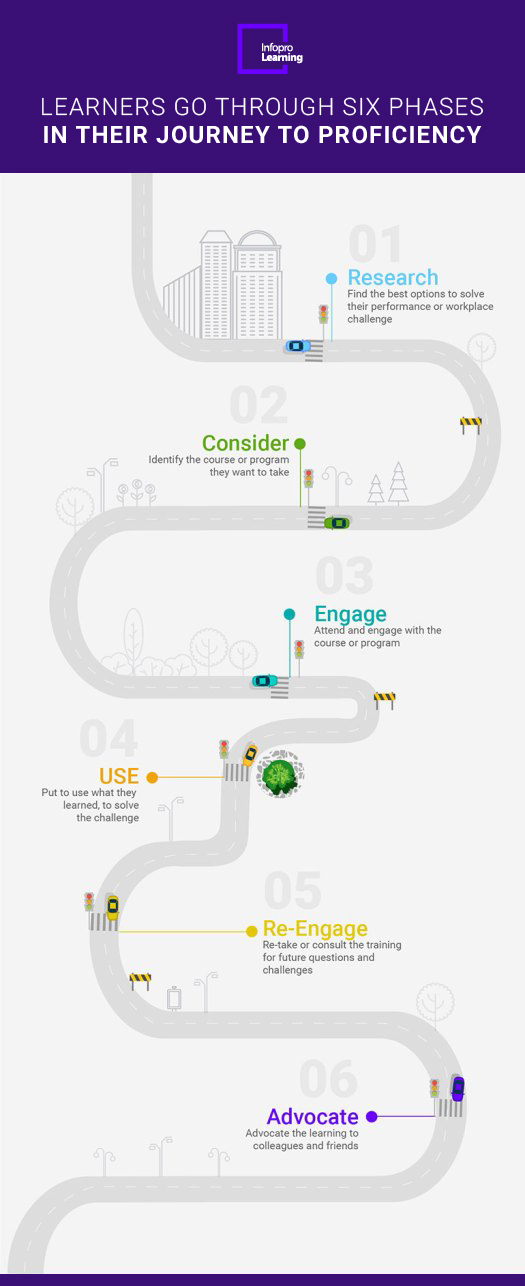Match the Demands of Today’s Learners, Or Someone Else Will
Around the world, customers – irrespective of the service they consume – expect their experience to be consistent, personalized, responsive, and convenient. Learners are no different.
Learners have Four Expectations
- A consistent learning experience, irrespective of the channel or mode of training delivery
- A responsive mechanism that answers queries immediately or within the defined turn-around time
- Differentiated training experience delivered in a way that appeals to the unique personality of each learner
- A simple path to access and consume content
Historically, the primary source of learning content for an employee was the material provided by their company. But today, the internet and social media are brimming over with educational content that is not only incredibly engaging, but it is available anywhere, on any device, and can be accessed as quickly as you can say “Alexa” or “Hey Siri”.
Many L&D organizations are struggling to keep up with rapidly changing learner expectations, which has resulted in incredibly sharp declines in content consumption.
This decrease in consumption has caught the attention of many CLOs because it has a drastic impact on the return on investment for content production. To counteract decreased consumption and increase engagement, many are investing more in the quality of content, instead of producing more content. In this hunt for increases in engagement, the market has started to define what is known as the “Learner’s Journey”. These Journeys define what the experience is for learners across all the potential touch points for consuming learning content.
Create Learning Journeys, Not Events
Per the latest research from digital marketing organizations, Learners go through six phases in their journey to consumption – research, consider, engage, use, re-engage, and advocate.

CLOs are starting to put these learning journeys at the center of their universe and demand that every piece of learning content is looked at as a single touch point along an individual learner’s journey. Of course, this is stretching the skills and abilities of the L&D function, which has never operated in this fashion, leading many L&D organizations to partner with their marketing organizations, who have lived and breathed engagement their entire career.
To ignore the learning experience is to ignore the largest customer base for CLOs, which naturally makes it an important metric for success. It is also an important metric for CLOs because it has an enormous impact on the return on investment for content production and procurement activities created by the L&D department.
L&D teams need to leverage the same engagement tactics employed by marketers if they want to maximize the consumption (and ROI) of their investment in content.
For more on the important metrics for measuring the success of a Chief Learning Officer, read our ebook The Three Levers of Successful CLO.



